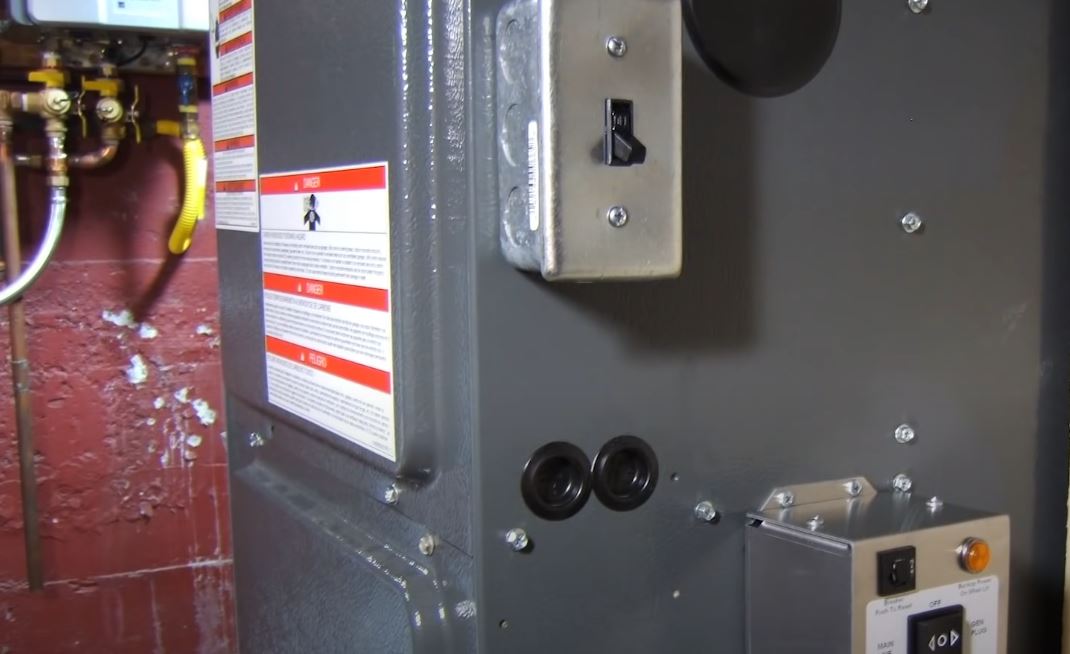Why Is My Indoor Air Quality Poor Despite My Central Air Conditioning System
Why Is My Indoor Air Quality Poor Despite My Central Air Conditioning System
Despite the ubiquity of central air conditioning systems, indoor air quality remains a concern for many. This article explores potential reasons for this paradox, analyzing the performance of such systems and identifying key factors affecting indoor air quality. Through technical knowledge and precise details, readers will gain clarity on this complex issue and better understand how to improve their interior environment's healthfulness.
Key Takeaways
- Regular system maintenance is crucial for optimizing performance metrics and improving indoor air quality.
- Inadequate ventilation and accumulation of dust, mold, and VOCs can negatively impact indoor air quality.
- Poor indoor air quality can lead to respiratory conditions, allergic reactions, and other health risks.
- Strategies for improving indoor air quality include proper ventilation, air circulation, use of air purifiers or filters, humidity control, and minimizing the use of VOC-emitting products.
Assessing Your Central Air Conditioning System's Performance
Evaluating the performance of a central air conditioning system is crucial in understanding its potential impact on indoor air quality. System Maintenance plays a pivotal role in this evaluation, as regular upkeep can significantly enhance performance and reliability.
Performance Evaluation encompasses two key areas: efficiency and effectiveness. Efficiency refers to the energy consumption relative to the output of cold air, while effectiveness examines how well the system circulates that air throughout a given space, enhancing comfort levels and ensuring uniformity in temperature regulation.
Properly maintained systems not only perform better but also contribute less to indoor pollution levels by reducing dust and microbial growth within ductwork. Clogged filters or poorly serviced units may reduce airflow, leading to an increased concentration of pollutants inside living spaces – thereby degrading indoor air quality significantly.
It is therefore clear that regular Performance Evaluations coupled with diligent System Maintenance are essential strategies for optimizing both performance metrics and indoor air quality outcomes from central air conditioning systems.
In transitioning into the next section, it becomes imperative to consider other key factors affecting indoor air quality beyond just the contributions from central air conditioning systems.
Key Factors Affecting Indoor Air Quality
Key elements that can significantly impact the state of one's interior environment include dust, mold, volatile organic compounds (VOCs), and inadequate ventilation. These pollutant sources tend to accumulate in areas with poor air circulation or high humidity levels, leading to potential health risks.
Dust particles and mold spores can pose as allergens, triggering asthma or other respiratory conditions. Similarly, VOCs - chemicals released from certain solids or liquids like cleaning supplies, paints or building materials - can cause a range of health issues from irritation to severe allergic reactions.
Inadequate ventilation is another critical factor affecting indoor air quality. Ventilation efficiency refers to the effectiveness with which fresh air is distributed within an enclosed space. Inefficient ventilation systems fail to effectively dilute pollutants such as dust or VOCs and may even contribute to their accumulation by re-circulating contaminated air.
Therefore, for an optimal interior environment conducive to well-being and comfort, attention must be given not only to pollutant sources but also the efficacy of the ventilation system. This understanding forms part of the larger discourse on ensuring healthy indoor environments - a shared concern that unites all occupants of built spaces.

